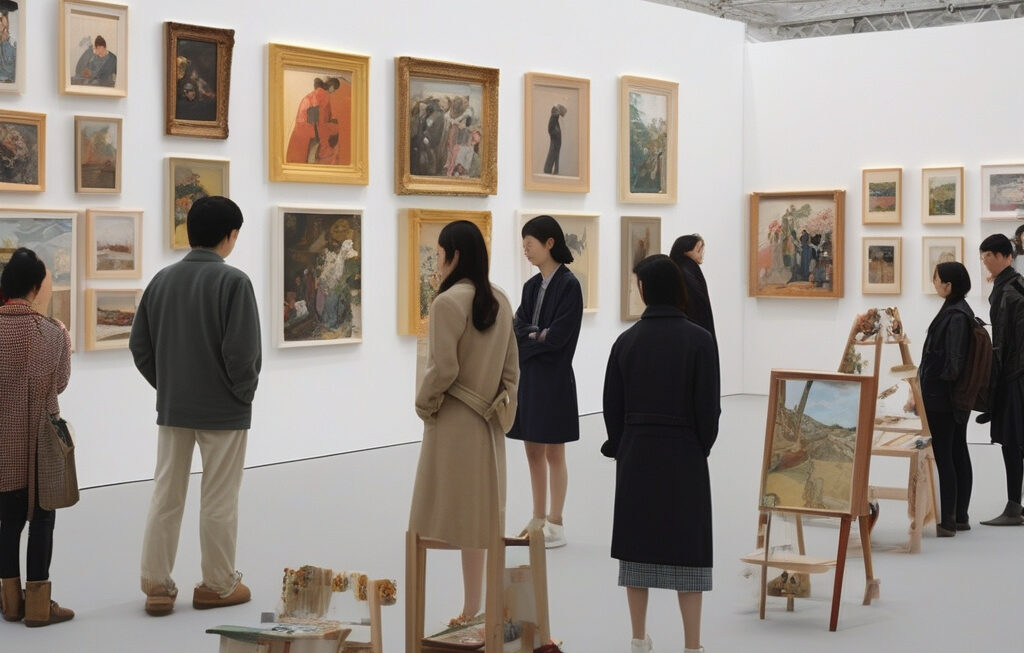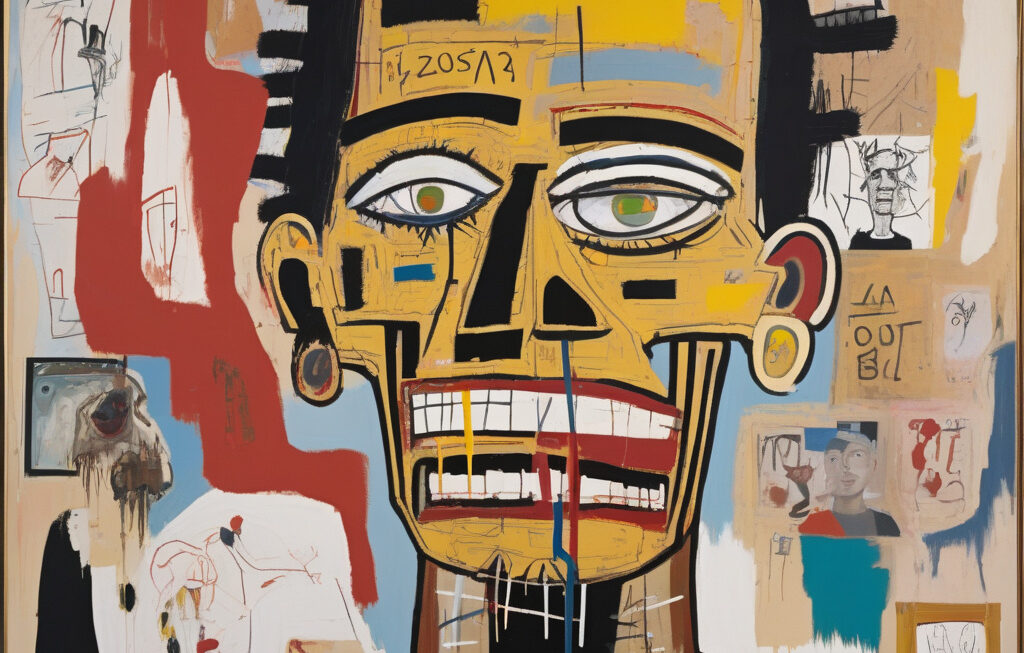Why People Don’t Know How Much Their Art Is Worth
The art market is a complex and ever-changing landscape, influenced by a myriad of factors that can make determining the value of artworks a challenging task. In recent years, as the art market has contracted, publicly reported sales have thinned out, further complicating matters for both seasoned collectors and aspiring artists alike.
One of the primary reasons why people often struggle to ascertain the true value of their art is the lack of transparency in the market. Unlike stocks or real estate, where prices are readily available and easily comparable, the world of art operates largely behind closed doors. Many art transactions are conducted privately, with prices negotiated confidentially between buyers and sellers. This opacity makes it difficult for artists, collectors, and investors to gauge the true worth of a particular artwork.
Furthermore, the subjective nature of art complicates its valuation process. Unlike other assets with clear-cut financial metrics, such as earnings or square footage, the value of art is often determined by intangible factors like artistic merit, cultural significance, and historical context. What one collector may perceive as a masterpiece worthy of a seven-figure price tag, another may dismiss as mediocre or overpriced. This inherent subjectivity makes it challenging to establish a universal standard for pricing art.
In addition to these inherent challenges, the contraction of the art market in recent years has further muddied the waters when it comes to determining art values. As economic uncertainties and shifting consumer behaviors have impacted art sales, publicly reported transactions have become less frequent. Without a steady stream of data on recent sales, collectors and appraisers have fewer reference points to rely on when assessing the value of artworks.
So, what can artists and collectors do to navigate this murky terrain and gain a better understanding of their art’s worth? One strategy is to leverage technology and data analytics to track market trends, auction results, and comparable sales. Platforms like Artprice and Artsy provide valuable insights into the art market, allowing users to access pricing data, auction records, and market analyses to inform their valuation decisions.
Another approach is to seek the guidance of art professionals, such as appraisers, dealers, and curators, who have expertise in evaluating artworks and determining their market value. By consulting with industry insiders and leveraging their knowledge and network, artists and collectors can gain a more nuanced understanding of their art’s worth and make informed decisions about buying, selling, or insuring their artworks.
In conclusion, the challenge of determining the value of art stems from a combination of factors, including market opacity, subjective valuation criteria, and the contraction of the art market. By embracing technology, seeking expert guidance, and staying informed about market trends, artists and collectors can navigate these challenges and gain a clearer understanding of how much their art is truly worth.
art market, art valuation, transparency, subjective value, market trends












